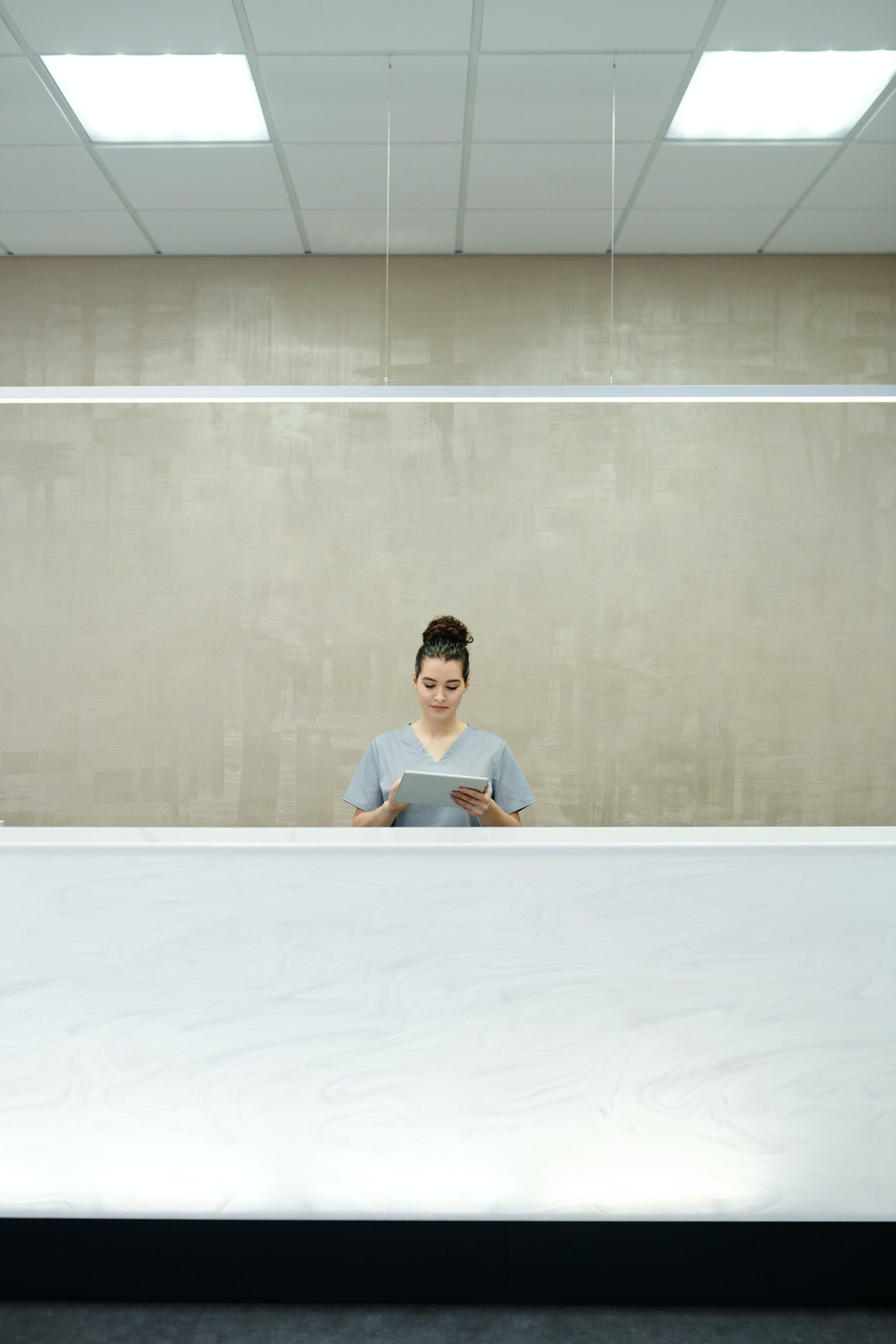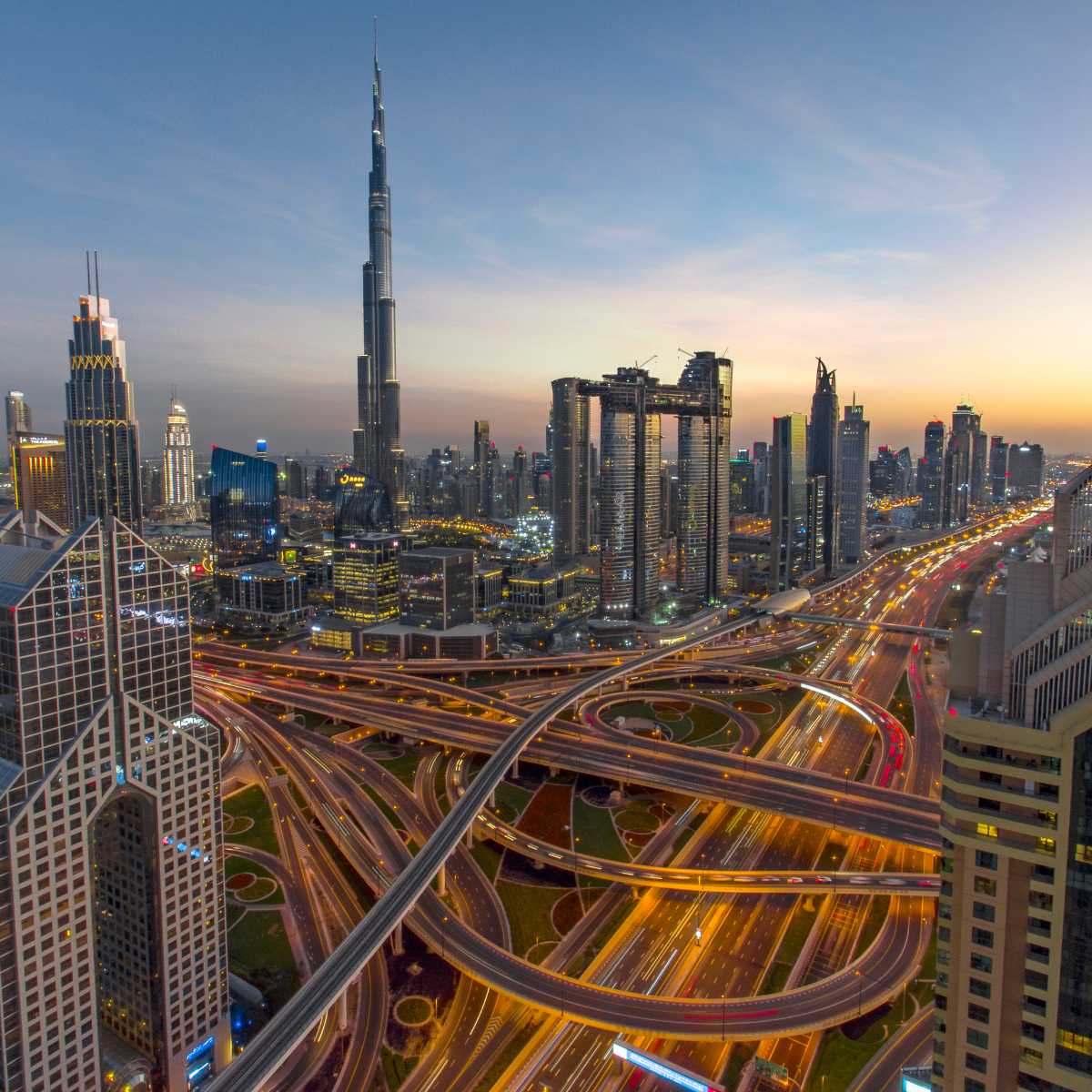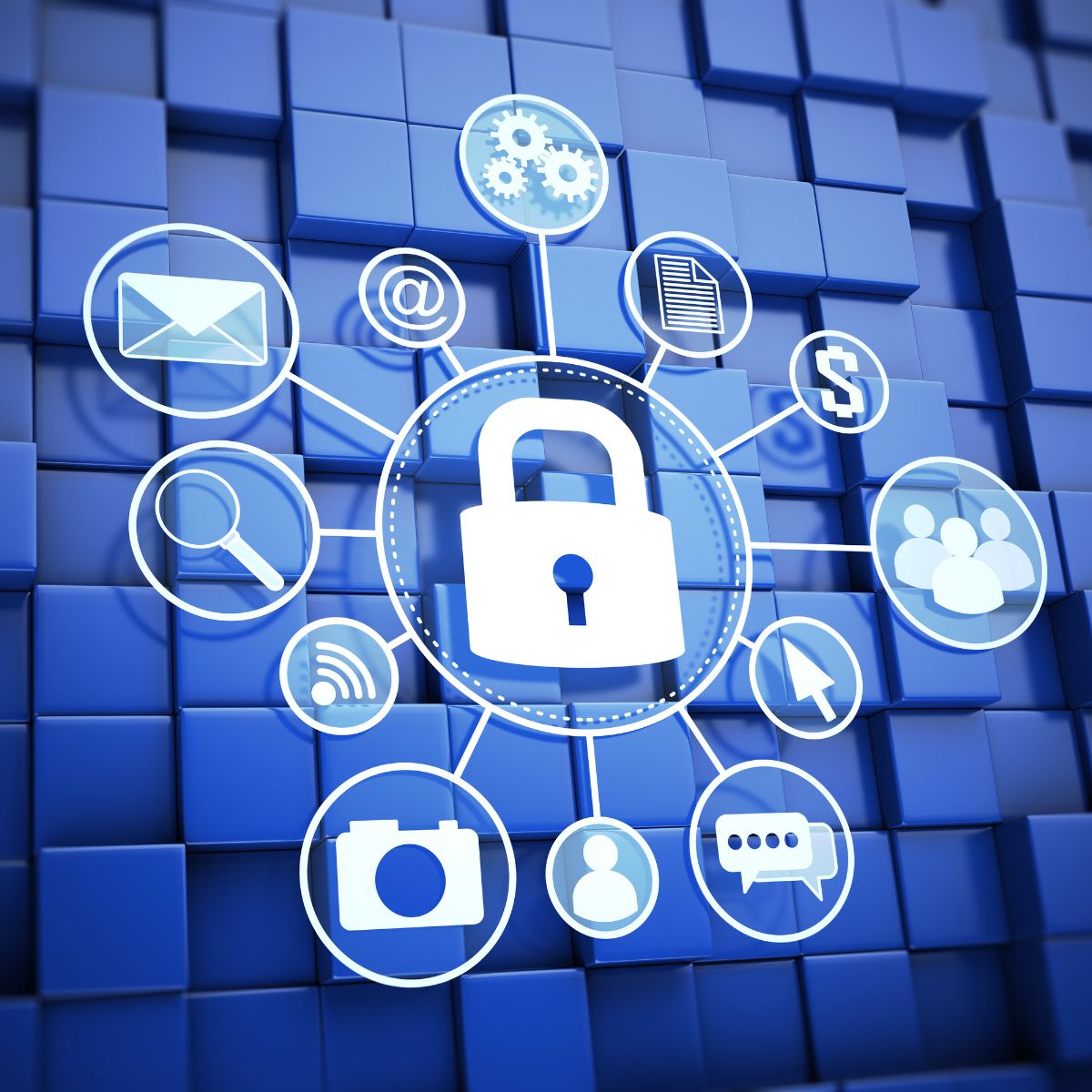Introduction
Lone worker protection is an essential safety measure for many public institutions. With the ever-increasing need for greater security and safety, the need for lone worker protection in public institutions has become even more paramount. As with any workplace, those working alone in public institutions are at risk of danger due to their vulnerability.
In a world of ever-expanding threats, lone workers need to be protected in order to keep them safe and secure while working. This article will discuss what a lone worker is in public institutions, why they should be protected, the biggest risks associated with them, how lone worker protection functions in public institutions, and seven benefits of such protection.
What is a Lone Worker in Public Institutions?
A lone worker is anyone who works independently without supervision or support from another nearby employee or supervisor. In public institutions, this may include police officers patrolling on their own; paramedics attending emergency calls; security guards protecting government assets; social workers going into homes on their own; or any other employee who is typically required to work without direct supervision from another person.
Why Should Public Institutions Implement Lone Worker Protection?
The primary purpose of implementing a lone worker protection program within public institutions is to ensure that employees are kept safe while performing their duties away from direct supervision.
Without adequate measures in place, the risk of injury or harm increases exponentially when an individual works alone due to the lack of someone else being able to come to their aid if something goes wrong.
Not only does this pose serious health and safety risks for the employees themselves but it also puts additional strain on already stretched resources within the organization as well as potentially risking legal action against employers if they fail to take significant steps towards protecting solo employees’ welfare when at work.
Biggest Risks for Lone Workers in Public Institutions
The most common risks faced by lone workers can include physical/emotional/sexual harassment or assault as well as slips, trips and falls due to poor lighting or dangerous terrain conditions not usually present when working with others around you.
Health-related issues such as fatigue from long hours without breaks can also lead to accidents which could have been avoided if someone else was around monitoring performance levels.
Finally, there is always the potential risk posed by malicious individuals targeting lone workers specifically because they are perceived as easier targets than those surrounded by other people or supervised closely by their managers.
How Does Lone Worker Protection Function in Public Institutions?
Generally speaking, there are two main ways that public institutions utilize protective measures for lone workers: proactive systems and reactive systems.
Proactive systems involve actively monitoring employee activity throughout their shift and providing instant communication between supervisors and employees if there is an issue detected that requires attention immediately (e.g., sudden changes in heart rate). Reactive systems provide staff with tools they can use if something goes wrong while they are working alone (e.g., panic buttons).
These tools enable immediate reach-out for help when needed instead of relying on someone else noticing something may be wrong after it has happened which too often results in too little too late scenarios when dealing with potentially hazardous situations occurring away from direct oversight from colleagues or managers alike.
5 Benefits of Lone Worker Protection in Public Institutions
1) Increased Safety: The primary benefit of having protective measures for lone workers within public institutions is obviously improved safety both physically and mentally for employees who are expected to work alone on occasion as part of their job description.
This includes things like better lighting so that slip/trips/falls do not occur; health monitoring systems detecting signs of fatigue before accidents happen; and rapid response tools offering help at a moment’s notice should anything go wrong while an employee works unaccompanied throughout the day or night shifts alike regardless of where they might be located at any given time i.e., inside buildings or out patrolling open areas etc.
2) Greater Efficiency: By reducing the chances of accidents taking place due to inadequate surveillance times spent dealing with these incidents is reduced meaning that operational efficiency increases over time allowing organizations to focus more resources elsewhere instead – thus improving overall productivity levels moving forward
3) Reduced Liability: Taking steps towards ensuring greater safety standards when it comes down to protecting solo personnel reduces organizational liability significantly since it demonstrates accountability on behalf of employers towards minimizing risks associated with those expected to work without regular supervision nearby i.e., possible legal action taken against employers should anything go awry during such periods unprotected
4) Heightened Employee Morale: Knowing that your employer cares enough about your overall health & wellbeing whilst being away from direct oversight often encourages higher morale amongst staff members resulting in improved job satisfaction which further increases production output levels across all departments within said company/organization
5) Improved Reputation: Having comprehensive safeguards implemented when it comes down protecting solitary personnel enhances organizational reputation amongst outside audiences (i.e., clients & customers) demonstrating commitment towards making sure everyone employed within said firm stays safe at
New Voice Experience with Lone Worker Protection in Public Institutions
With decades of knowledge and expertise, our comprehensive lone worker protection solutions are designed to equip any environment with the necessary resources for safeguarding personnel.
Our customized products such as MobiCall give employees peace-of-mind knowing they can access real time tracking systems and 24/7 monitoring across premises – all while guaranteed their data is secure.
Through integration into existing security infrastructure or bespoke offerings tailored towards your individual needs, we strive to ensure that everyone has maximum safety assurance no matter what conditions may arise.
If you require assistance in providing an additional layer of protection for staff members working remotely, please do not hesitate to contact us!








